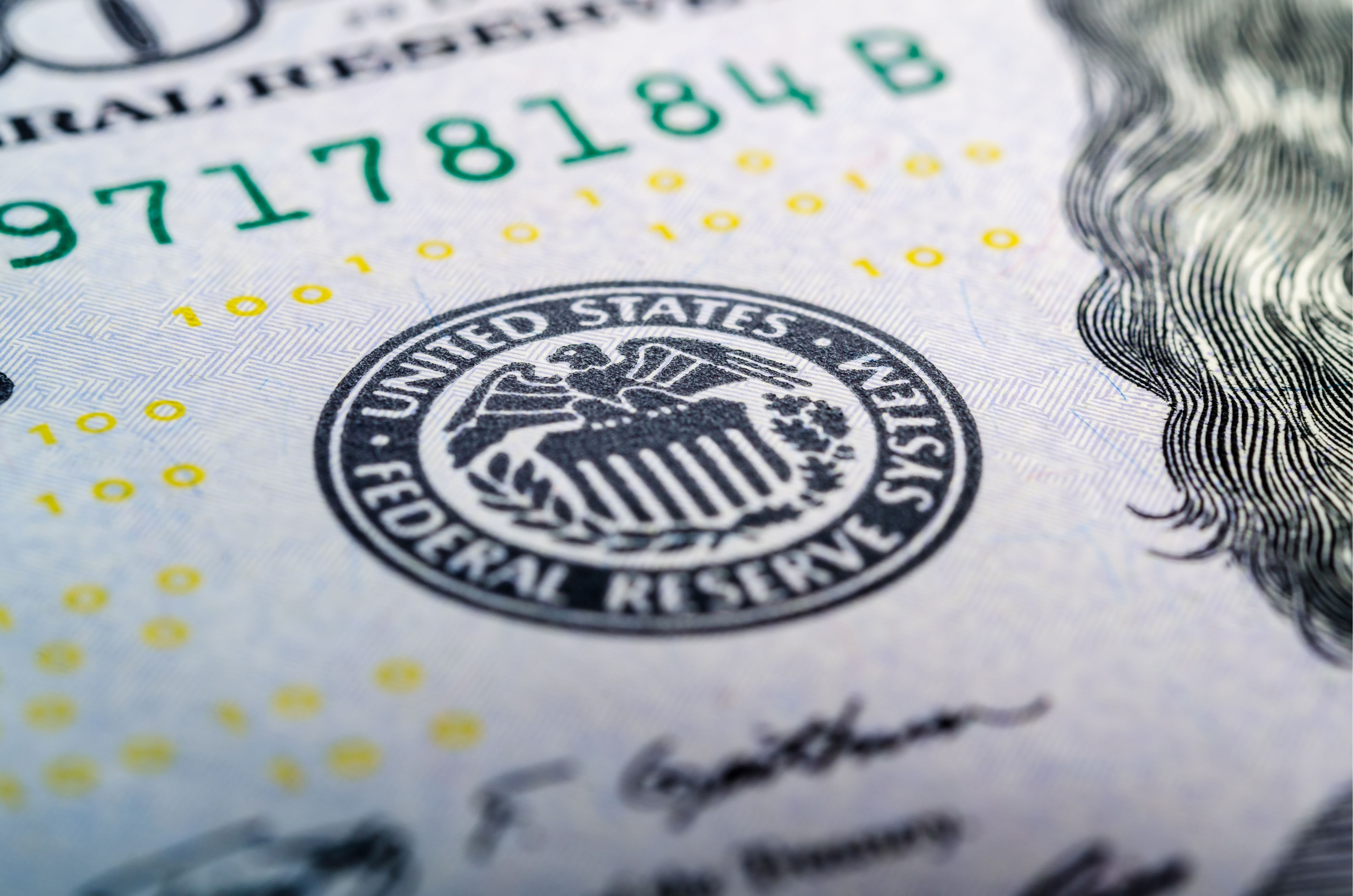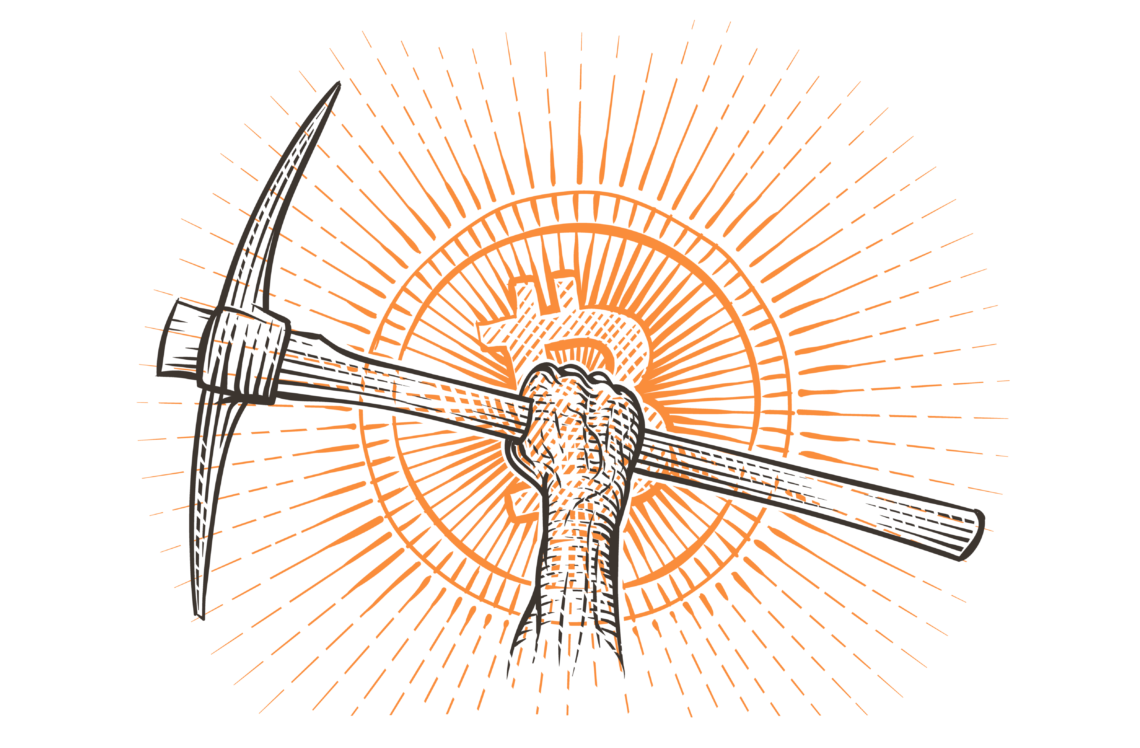Some worry that the Federal Reserve is not doing enough to ensure proper inflation rates. Others suggest that low-interest rates may impede the Fed’s ability to cut interest interests in the case of a recession or depression.
While employment has steadily dropped — reaching its lowest levels in half a century — full employment has yet to be reached. Furthermore, the 1.6 percent annual March interest rate is not that far below the desired two percent.
Thus, worries about an impending economic collapse caused by low inflation rates may be overstated. In fact, the issue of inflation distracts from the more important problem: the centralized power of the Federal Reserve.
SponsoredFederal Reserve Printing vs. Bitcoin Mining
Unlike Bitcoin (BTC) and other cryptocurrencies, the Federal Reserve maintains centralized power to mint, loan, and manipulate the value of the United States dollar (USD).
Bitcoin is designed to overcome this problem. There is no centralized bank or financial institution which mints bitcoins and loans them out to governmental treasuries or other financial institutions. On the contrary, Bitcoin is designed using distributed ledger technology — commonly called ‘blockchain technology.’
Blockchain technology operates by allowing peer-to-peer (P2P) transactions to take place without the need for third-party intermediaries like the Fed. New bitcoins are mined using cryptographic algorithms operated by a distributed series of nodes across the planet. Miners are rewarded with bitcoins for the work they put into solving the algorithm — creating new coins in turn.
SponsoredNonetheless, there is a fear that Bitcoin’s Proof-of-Work (PoW) mining protocol may lead to centralized production. The machines required to mine are expensive. Furthermore, they require a large amount of electricity which adds another cost. This means that the ability to mine may be limited to a small number of ultra-rich miners and mining pools.
Not all cryptocurrencies suffer from this problem, however. New consensus algorithms are being released and tested which may overcome the problem of centralization.
What About Inflation?
While Bitcoin may be unable to overcome the problem of centralized production, it may still solve the problem of inflation.
Inflation is defined by two primary phenomena:
- An increase in the average price of commodities, good, and services over time.
- A decrease in the purchasing power of a currency.
In other words, as more money enters the market, the cost of the things goes up. For example, it is now more expensive to buy a car or house than just 20 or 30 years ago.
SponsoredBitcoin’s inflation rate decreases every four years when the total supply of bitcoins being minted is cut in half. This halving has happened twice already. It is projected to occur a third time in May 2020. The inflation rate should drop from 3.81% percent to 1.8 percent.
Halvening centric perspective on Bitcoin price. H/T @StoicTrader_ & @MLescrauwaet pic.twitter.com/89trRlSOqd
— Tuur Demeester (@TuurDemeester) May 16, 2019
Eventually, no new bitcoins will be minted. There will be a fixed supply. The problem of inflation may be alleviated. Theoretically, once all bitcoins are mined, one bitcoin will then always equal one bitcoin.
Do you think BTC and other cryptocurrencies will be able to overcome the problems of centralization and inflation which plague the current Federal Reserve-backed economic system? Let us know your thoughts in the comments below!



